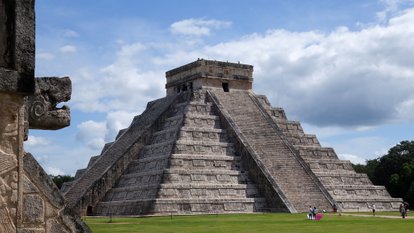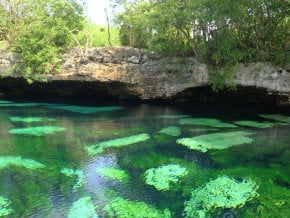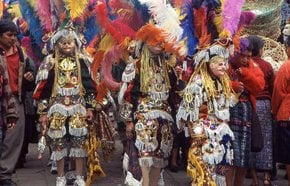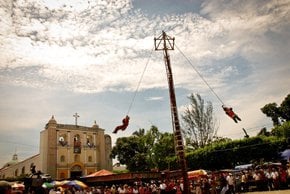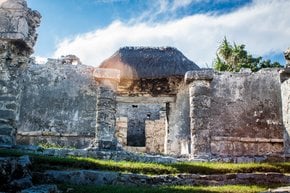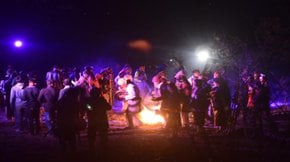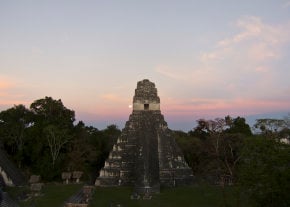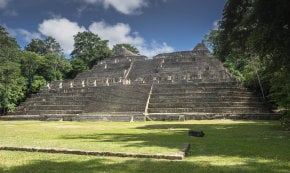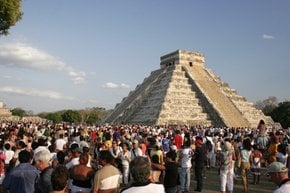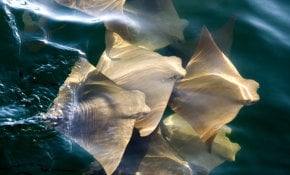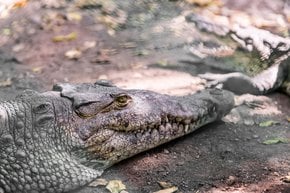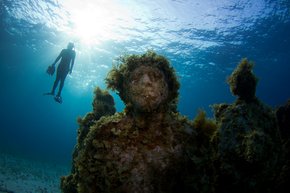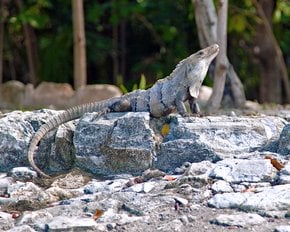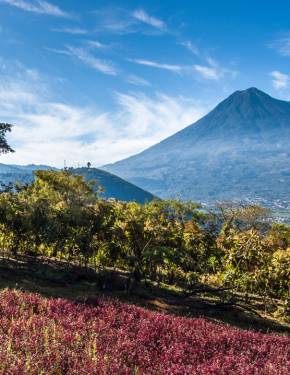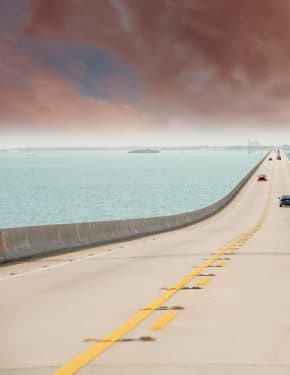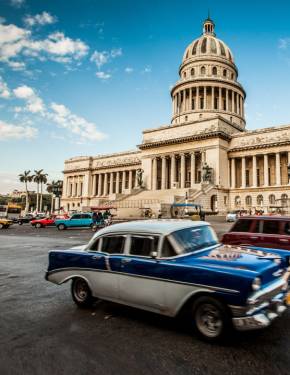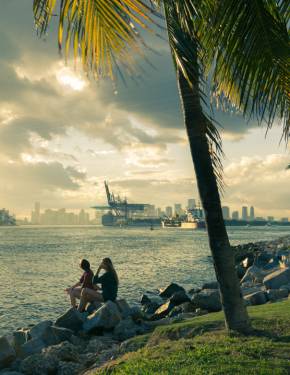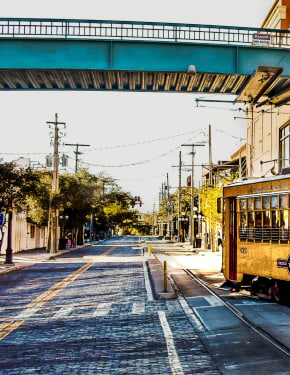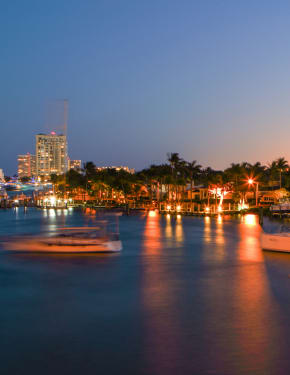Chichén Itzá in Cancun 2025-2026
One of the New Seven Wonders of the World reveals the secrets of Mayan culture
Best time: all year round
Chichén Itzá is a sacred place and one of the largest Mayan centers on the Yucatán peninsula. Its name means 'at the mouth of the well of Itza'. Itzá is the name of an ethnic group that had political dominance in the northern parts of the Yucatan peninsula. The city was a focal point for Mayan civilization from 600 to 1200 CE and is now the second most visited archaeological site in Mexico after Teotihuacan. The best time to visit Chichén Itzá is during a spring or autumn equinox.
The site exhibits traditional Mayan temples and buildings, covering an area of at least 5 square kilometers. Many of the stone buildings were originally painted in green, red, purple, and blue colors. All buildings were grouped into different architectonic sets separated by low walls. The best known of these complexes are the Great North Platform (including monuments of El Castillo, the Great Ball Court, and the Temple of Warriors), the Osario Group (with Osario Pyramid and the Temple of Xtoloc), and the Central Group (with Caracol, Las Monjas, and Akab Dzib).
Kukulkan Light and Sound Show
The most prominent structure—Kukulkan Pyramid, also known as 'El Castillo' (the castle)—was voted one of the New Seven Wonders of the World in 2007. Together with the upper platform, it reaches 78 feet (24 m) into the sky. Every night, after sunset, Kukulkan Pyramid hosts a spectacular sound and light show, which brings the archaeological site back to life with dramatic 3D mapping projections and sounds. The 30-minute show in Spanish is focused on history, Mayan culture, and mysticism. Tickets are available right on the site, starting from 3 pm.
Cenotes
Chichén Itzá area, located about 200 km from Cancun, is also famous for cenotes, water-filled sinkholes, with Cenote Sagrado (Sacred Cenote) being the most popular. Archaeologists assume that Cenote Sagrado was used for religious rituals based on artifacts of gold, pottery incense, and human remains discovered in the cenote in the early 20th century.

